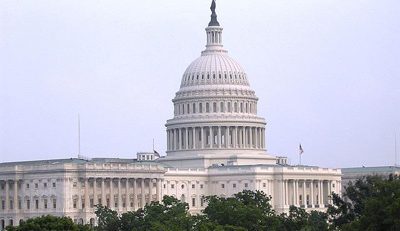Social Security Benefits: A Comprehensive Guide for Federal Employees
Retirement planning is a complex journey, and for federal employees, deciding when to initiate social security benefits can be a pivotal choice. With various advantages and obstacles associated with different claiming ages, understanding the nuances is essential. In this article, we’ll explore the factors influencing the decision of when to claim social security retirement benefits, offering insights for federal employees to make informed choices aligned with their unique circumstances.
Factors to Consider
When contemplating the optimal time to begin receiving social security benefits, federal employees should weigh three critical factors: cash flow needs, health considerations, and life expectancy. By carefully assessing these elements, individuals can tailor their decisions to align with their financial goals and well-being.
1. Cash Flow Needs
For those anticipating a potential cash flow squeeze during the early months of retirement, especially right after leaving federal service, claiming benefits early (between the ages of 62 and full retirement age, or FRA) may be a prudent choice. This early initiation provides a steady income stream, potentially averting the need for personal loans or premature withdrawals from retirement savings like the Thrift Savings Plan (TSP).
2. Health and Life Expectancy
The crucial interplay between health and life expectancy significantly influences the decision-making process. Financial professionals often discuss the concept of “breaking even,” where individuals weigh the benefits of waiting for higher monthly payments against the risk of not living long enough to enjoy the increased payout.
Waiting until age 70 for benefits might seem advantageous due to the 8% annual increase. However, if an individual waits until 70 and passes away at 71, they would have received only around 12 monthly payments. In contrast, starting benefits at 62 could result in a substantial total amount received by age 71. The decision hinges on how long one expects to live and whether the higher monthly benefit justifies the delay.
Breaking Even: A Closer Look
To illustrate, consider a hypothetical scenario with a $1,406 monthly benefit at age 62 and a boosted monthly amount of $2,320 at age 70. By age 71, the early claimant would have received over $165,000, while the individual waiting until 70 would have received only $27,840. The higher benefit amount becomes advantageous if the recipient lives to approximately age 85 or older.
This analysis underscores the importance of considering life expectancy when deciding on the optimal claiming age. Waiting for higher benefits can be financially rewarding, but it necessitates a longer life to offset the postponed income from earlier claiming.
Other Factors to Navigate
Beyond the fundamental considerations, federal employees must be mindful of additional factors that can impact social security benefits:
1. Employment Status and Earnings Test
Choosing to work beyond age 62 but before reaching full retirement age may trigger a reduction in social security benefits due to the earnings test. This decision should be made with awareness of potential tax consequences based on the level of earned income in a given tax year. Once an individual reaches their FRA, the earnings test is no longer a concern.
2. Marital Status and Special Considerations for Federal Employees
Marital status introduces another layer of complexity, affecting spousal benefits and potential survivor benefits. Federal employees face unique considerations, including the Special Retirement Supplement, the Government Pension Offset, and the Windfall Elimination Provision. These factors may impact benefit amounts and should be thoroughly understood to make well-informed decisions.
In conclusion, the decision of when to claim social security benefits is multifaceted, and federal employees must navigate various considerations to optimize their retirement income strategy. By evaluating cash flow needs, health, life expectancy, and additional factors specific to their situation, individuals can make informed choices that align with their financial goals and well-being. It’s a crucial step in securing a comfortable and financially sound retirement.




